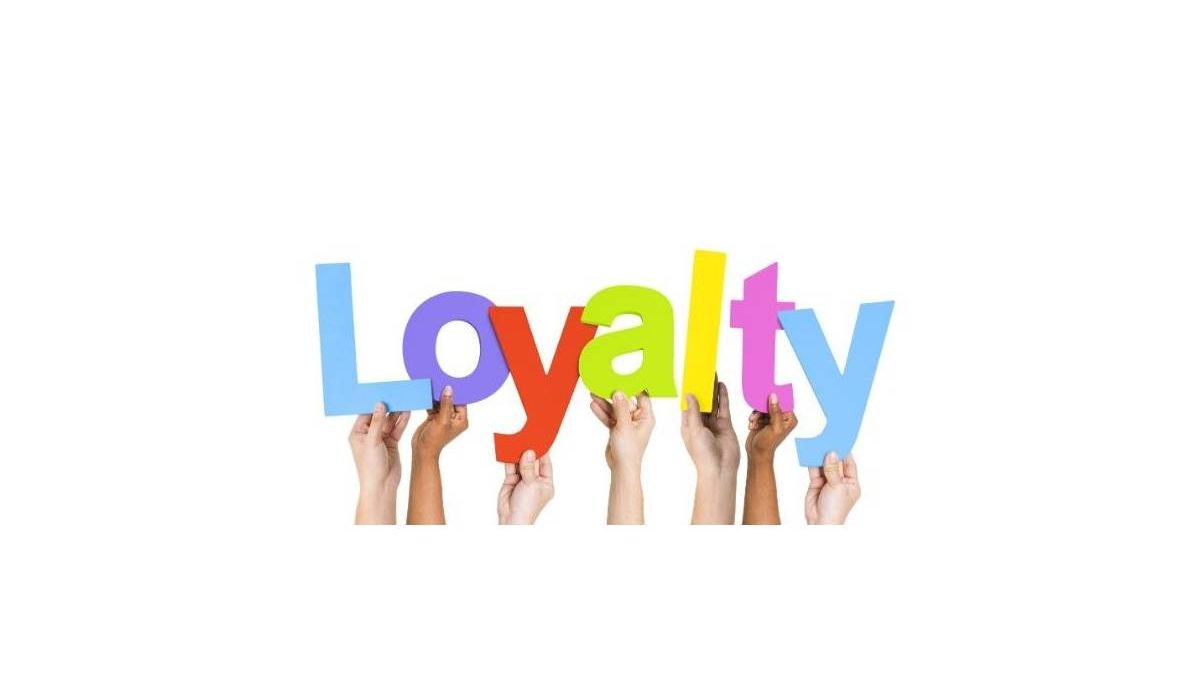Are you struggling to keep customers coming back to your business? Discover the power of Yotpo’s loyalty platforms in driving customer retention.
In this article, we will explore the benefits of loyalty platforms, strategies for successful implementation, and real-life case studies showcasing their impact.
Learn about the key features and functions of effective loyalty platforms, as well as best practices for designing programs that truly drive retention.
Don’t miss out on measuring and analyzing the impact of loyalty platforms on your customer retention.
Table of Contents
Benefits of Loyalty Platforms for Customer Retention
You’ll discover three key benefits of Yotpo’s loyalty platform and other platforms for boosting customer retention.
First, loyalty platforms offer personalized experiences that make customers feel valued and appreciated. By collecting data on customer preferences and behaviors, these platforms can tailor rewards and promotions specifically to each individual, increasing their satisfaction and likelihood of staying loyal to your brand.

Second, loyalty platforms provide a seamless and convenient way for customers to engage with your brand. Whether it’s through a mobile app or an online portal, customers can easily track their rewards, redeem points, and receive personalized offers, enhancing their overall shopping experience.
Strategies for Implementing Successful Loyalty Platforms
Implementing successful loyalty platforms requires carefully planning and executing effective strategies to maximize customer engagement and retention. Here are four key strategies that can help you achieve this:
- Define clear objectives: Before implementing a loyalty platform, clearly define your goals and objectives. Are you aiming to increase customer retention, drive repeat purchases, or enhance customer satisfaction? Having a clear vision will guide your strategy and ensure alignment with your overall business objectives.
- Segment your customer base: Tailor your loyalty program to different customer segments. By understanding their preferences, behaviors, and purchase patterns, you can offer personalized rewards and incentives that resonate with each segment. This targeted approach will increase the effectiveness of your loyalty program and drive higher engagement.
- Offer valuable rewards: Ensure that the rewards you offer are meaningful and desirable to your customers. Consider offering a variety of rewards, such as discounts, exclusive access, or personalized experiences, to cater to different customer preferences and motivations. This will incentivize customers to continue engaging with your loyalty program.
- Leverage data and analytics: Utilize customer data and analytics to gain insights into customer behavior and preferences. By analyzing customer data, you can identify trends, anticipate customer needs, and personalize your loyalty program further. This data-driven approach will enable you to make data-backed decisions and continuously optimize your loyalty platform for maximum impact.
Case Studies: How Loyalty Platforms Boosted Customer Retention
Through strategic partnerships with leading loyalty platforms and a focus on personalized rewards, businesses have successfully boosted customer retention and loyalty. Let’s take a look at some case studies that demonstrate the power of loyalty platforms in driving customer retention.
| Case Study | Business | Loyalty Platform | Results |
| Case Study 1 | Clothing Retailer | Loyalty Platform A | Increased customer retention by 20% and saw a 15% increase in average order value. |
| Case Study 2 | Coffee Chain | Loyalty Platform B | Achieved a 25% increase in customer retention and saw a 10% increase in customer spend. |
| Case Study 3 | Online Marketplace | Loyalty Platform C | Improved customer retention by 30% and experienced a 20% increase in customer referrals. |
| Case Study 4 | Airline Company | Loyalty Platform D | Increased customer retention by 15% and saw a 10% increase in customer satisfaction. |
| Case Study 5 | Beauty Brand | Loyalty Platform E | Achieved a 35% increase in customer retention and saw a 25% increase in customer engagement. |
These case studies highlight the effectiveness of loyalty platforms in boosting customer retention for various businesses across different industries. By implementing personalized rewards and leveraging the capabilities of these platforms, businesses have been able to enhance customer loyalty and drive long-term success.
Key Features and Functions of Effective Loyalty Platforms
To effectively drive customer retention, loyalty platforms should offer a wide range of features and functions that enhance the overall customer experience. Here are four key features and functions that make loyalty platforms effective:
- Points-based rewards system: Customers earn points for their purchases and can redeem these points for rewards. This incentivizes customers to continue shopping and engaging with the brand.
- Personalization: Loyalty platforms should have the ability to personalize the customer experience based on their preferences, purchase history, and behavior. This helps to create a more tailored and relevant experience for each customer.
- Gamification: Incorporating gamification elements such as challenges, badges, and leaderboards can make the loyalty program more engaging and fun for customers. This encourages them to stay active and continue participating in the program.
- Omnichannel integration: Effective loyalty platforms seamlessly integrate with various channels, including online and offline touchpoints. This allows customers to earn and redeem rewards regardless of where they shop, providing a consistent and convenient experience.
Best Practices for Designing Loyalty Programs That Drive Retention
To maximize the effectiveness of your loyalty program and drive customer retention, you should carefully consider the best practices for designing it.
First and foremost, it’s essential to clearly define the goals and objectives of your loyalty program. Understand what you want to achieve and how the program can help you meet those goals.
Next, make sure to identify your target audience and customize the program to their preferences and needs. This will make your loyalty program more appealing and relevant to your customers.

Additionally, it’s crucial to offer attractive rewards and incentives that are easily attainable. Customers should feel motivated to participate and earn rewards.
Lastly, ensure that your loyalty program is easy to understand, join, and navigate. A complicated or confusing program may discourage participation and hinder customer retention.
Measuring and Analyzing the Impact of Loyalty Platforms on Customer Retention
You can measure and analyze the impact of loyalty platforms on customer retention by tracking key metrics and analyzing customer data. Here are four important ways to do so:
- Membership growth: Keep a close eye on the number of customers joining your loyalty program. A steady increase in membership indicates that customers are attracted to the benefits and rewards offered.
- Redemption rate: Monitor how often customers redeem their rewards. A high redemption rate indicates that customers find value in the program and are motivated to engage with it.
- Repeat purchase rate: Analyze the frequency at which loyalty program members make repeat purchases. A higher repeat purchase rate suggests that the program is successfully encouraging customer loyalty.
- Churn rate: Pay attention to how many customers leave your loyalty program. A low churn rate signifies that customers are satisfied and see value in staying engaged.
Conclusion
You can harness the power of loyalty platforms to drive customer retention. By implementing successful strategies and utilizing key features and functions, you can design effective loyalty programs that keep customers coming back.
Case studies have shown the positive impact of loyalty platforms on customer retention. It’s crucial to measure and analyze the results to continuously improve and optimize these platforms.
Don’t underestimate the potential of loyalty platforms in building strong customer relationships and increasing loyalty.

